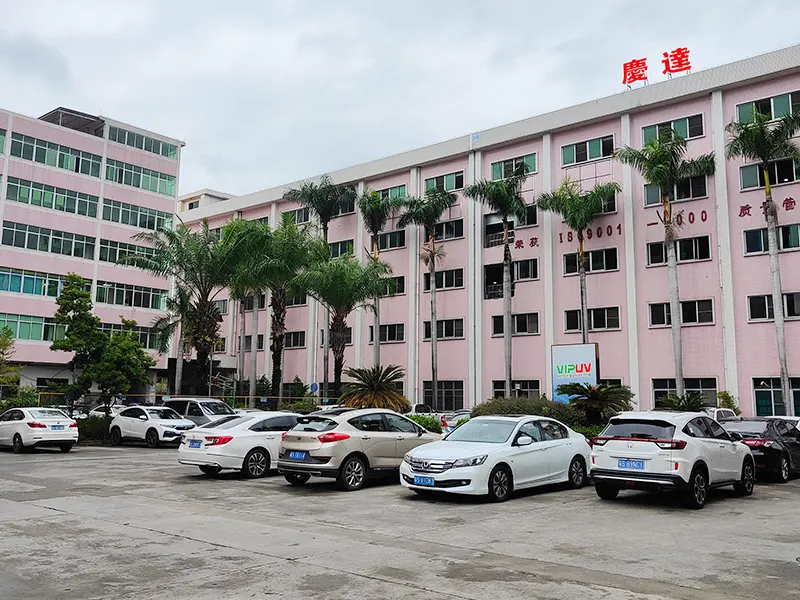Factors Affecting the Quality of UV Inkjet Printing
Release date:
2019-01-10
Different digital printing machines have different principles. In practical applications, manufacturers generally choose inks provided by inkjet equipment suppliers, and the inks used are not interchangeable. Arbitrarily changing the ink will inevitably cause printing or ink output failures. Therefore, users need to have a full understanding of the ink used, and also need to consider the influence of various factors such as the nature of the printing material.
(1) Use of printing substrates
For inkjet printing, to control the printing effect on different printing substrates, it is necessary to analyze the performance of the substrates. Taking paper as an example, due to the thermodynamic interaction between the paper and the ink, the capillary action of the paper, and the diffusion of the chemical components of the ink, the absorption of the ink is affected, leading to different penetration effects of different inks. Therefore, inkjet printing paper requires a smooth surface, a certain degree of sizing, and preferably a very thin transparent coating on the surface, which can quickly absorb ink and avoid light scattering.
Inkjet inks have a wide range of printing substrates. It is necessary to understand which inkjet technology is suitable for which type of material. In addition, the coating properties, absorbency, and surface treatment of the printing material will affect the printing quality. When the adhesion of the printing material is poor, an adhesion promoter of less than 3% can be added; when the adhesion of plastic printing materials is poor, the surface treatment should be considered. Generally, the surface tension must reach 3.8 × 10 -2 N/m or more to ensure good adhesion of UV ink.

(2) Use of UV inks
To obtain ideal prints, the ink must be used correctly. The performance of the ink should be monitored before, during, and after printing. The printing environment and storage conditions, such as temperature, humidity, cleanliness, and airflow, will affect the performance of the inkjet ink. In humid environments, pay special attention to the transportation and storage of UV inks. Pay attention to each operation step from opening the package to printing. After printing, inkjet ink should be avoided from exposure to UV light, ozone, adhesives, and corrosive environments, which may reduce the quality of the printed product. UV inks are prone to cross-linking when exposed to light or heat, so direct sunlight should be avoided during use, and they should not be stored for a long time in an environment above 30℃. They must be stored in a ventilated, dark place below 16~28℃.
Although current UV inks have satisfactory performance in terms of production quality and efficiency, most of them are specially designed according to the corresponding equipment structure and application purposes, so they have certain limitations and poor versatility. Improper mixing of UV inks from different manufacturers will affect the stability of the UV inks. Therefore, when inks need to be mixed, experiments must be conducted first, and only when there is no reaction can they be mixed.
(3) UV light source and curing
In order to obtain high-quality output images, the high-illuminance output from the UV lamp is required to match the spectral band required for curing. As the service time increases, the electrodes of the UV lamp gradually decompose, and deposits will be produced on the inner wall of the lamp tube, and the transparency and UV light transmittance will gradually decrease, thus affecting the curing. Therefore, the lamp tube should be inspected and replaced regularly. If curing problems are caused by insufficient light source power, the printing speed can be appropriately reduced or the light source power can be increased. Due to the slow curing speed of UV inks, a photoinitiator can be added, the printing speed can be reduced, or the ink supplier can be consulted for solutions. In addition, the effect of UV light radiation is cumulative. If the curing is excessive, the ink layer may break, affecting the image quality.
Ink, UV, printing, inkjet, curing
Previous page
Next page
Previous page
Next page
Related news






